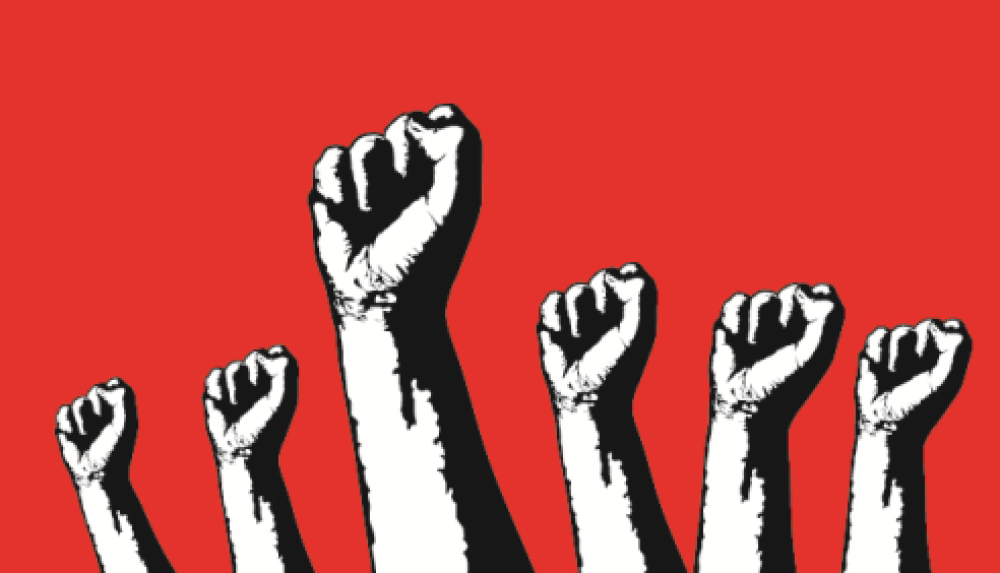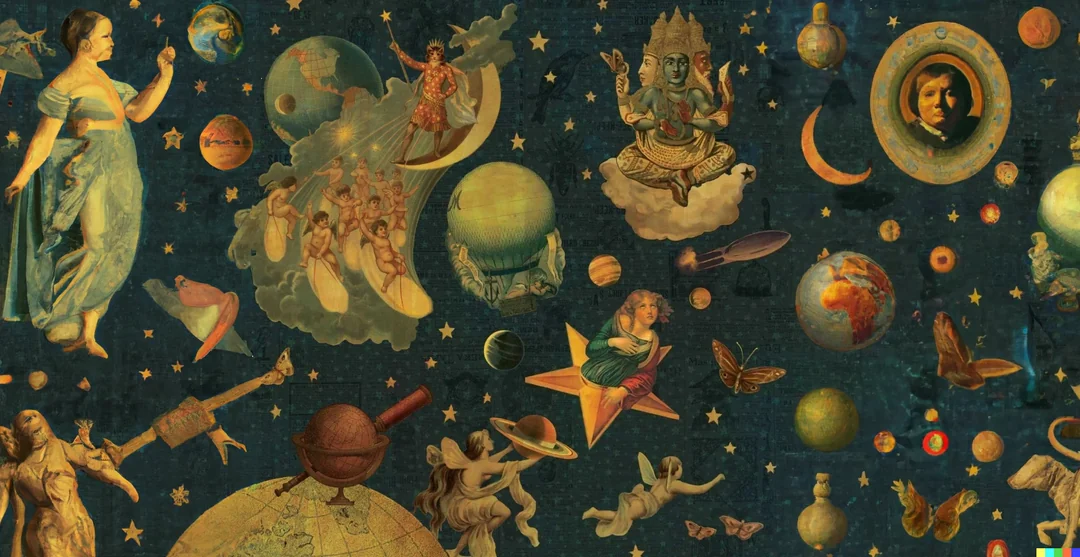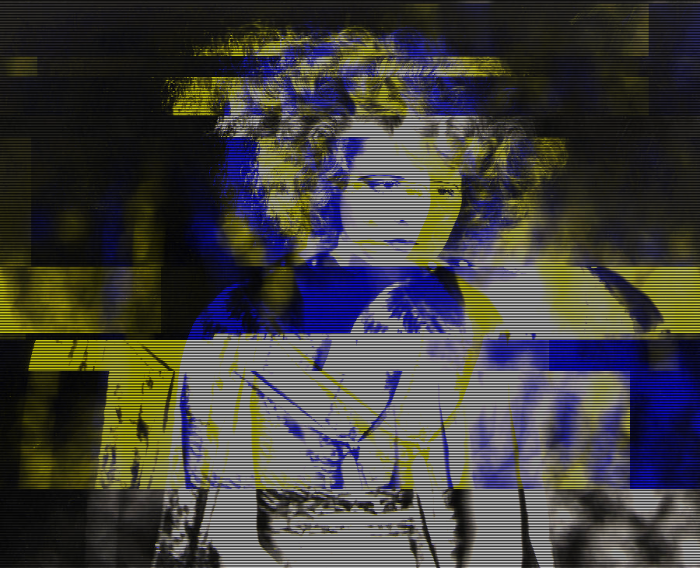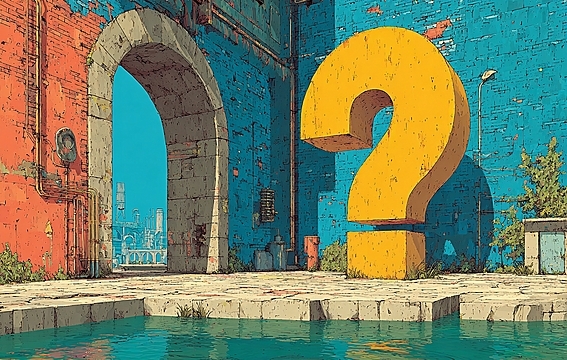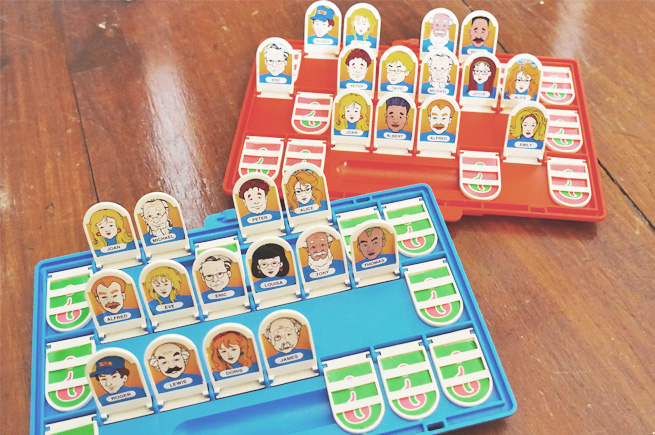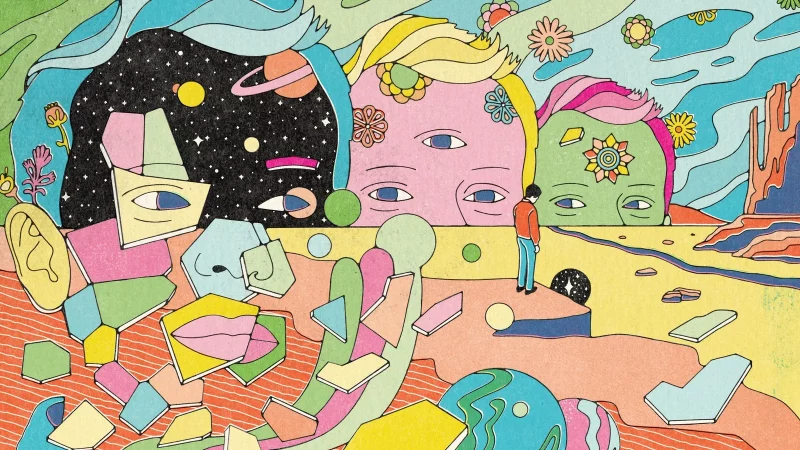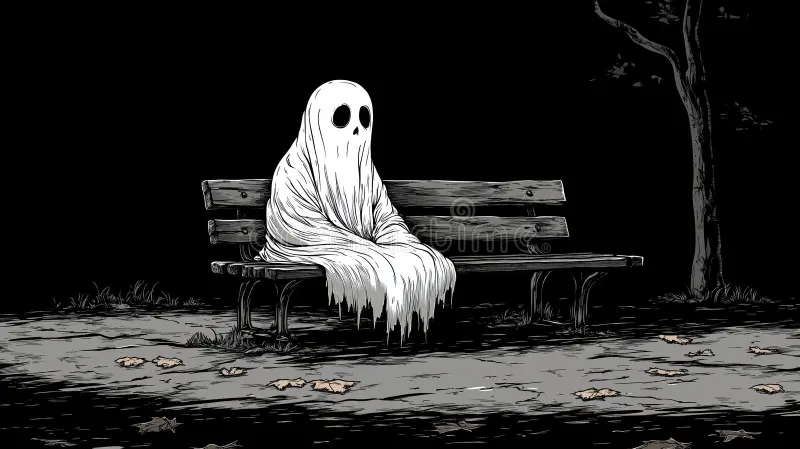Research doesn’t change in isolation. If we want to do it differently, we need client relationships that can handle difference too.
Here we go again with some more thoughts that could mean something or nothing.
In a previous post, I looked at how to build systems that make space for challenge and experimentation. But even strong internal systems will stall if the client relationship can’t handle tension, mess or change.

This isn’t a critique of clients. Oh no no no. It’s a look at the quiet dynamics that shape the work. The need to deliver clear outcomes. The urge to smooth over doubt. The unspoken pressure to protect reputations and reassure stakeholders.
When this happens, research turns into a performance. Something safe. Something polished. And often, something that doesn’t matter much.
Theatre baby.
If we want better work, we need to redesign the space between the researcher and the client. That’s where everything starts.
Do Clients Really Want Change? Or Just the Feeling of It?
It’s important to become comfortable with ambiguity and recognise that seemingly contradictory perspectives can sometimes be true at the same time.

It’s easy to ask for bold thinking. It’s harder to bring it into the room when targets are looming, teams are stretched, and the last thing anyone wants is more uncertainty (or fear).
That’s why you’ll sometimes hear:
“We’re open to something new.”
“But can we still benchmark it against last year?”
This isn’t a contradiction. It’s the reality of working in complex organisations. Certainty is easier to defend.
Change doesn’t sit still for the agenda.
We can’t fix this by pretending it doesn’t exist. We can only move forward by naming the tension and deciding to work inside it.
What Happens If We Scrap the Brief Entirely?
True understanding begins with recognising the limits of what we know.

Most briefs arrive too early. Signed off before the problem is understood. Locked in before the team has had a chance to think. Oh thinking time. Where have you gone amongst the endless drive to look busy with back-to-back meetings.
What if we paused the brief? What if we started with a set of tensions or unknowns, and only shaped the objectives once something meaningful started to surface?
Some of the best work begins not with a question, but with a gap. Something unclear. A friction point that hasn’t been named yet. The brief becomes part of the learning, not a document handed down at the start.
This won’t work for every project. But when there’s space to try it, it often leads to better questions, and more surprising answers.
How Honest Is Your Research Relationship?
Authentic conversation involves being open to the idea that someone else’s perspective could be valid.

A good research relationship should allow for challenge. Not just at the start, but throughout.
That includes pushing back on the method, the framing, even the timelines. But it also means being open to being challenged. Some of the most useful conversations I’ve had came from clients who disagreed with the direction I was heading. Not out of fear, but because they cared about where it could go.
Challenge doesn’t need to be combative. It doesn’t need to be a reaction to things going wrong. It needs to be part of the culture.
Pilots, Not Proofs
Failure isn’t a misstep. It’s the chaos success tries to cover up.

A lot of research feels like it needs to get everything right. But what if we designed some projects not to land perfectly, but to reveal what’s possible?
A pilot lets you test a new approach, try out a risky idea, or explore a new audience without pressure to tie it all up in a neat story. It invites learning instead of conclusion.
These small tests often lead to the biggest shifts. Not because they prove something, but because they change how people think.
What If Insight Wasn’t the Goal?
Discovery isn’t about going somewhere new. It’s about noticing what was always there, differently.

Insight is useful. But sometimes, the real value sits elsewhere.
A project that changes how a team pays attention, or how a brand speaks about its audience, often has more long-term impact than a finding on slide 17.
What if we measured success differently? Not by the clarity of the answer, but by what it unlocked. A better conversation. A sharper instinct. A smarter next move.
Insight doesn’t always show up in a quote or stat. Sometimes it shows up in what someone does next.
Design the Relationship, Not Just the Method
Real understanding doesn’t come from one story. It comes from letting your story argue with someone else’s.

We spend time choosing the right method. We don’t always do the same for the relationship that supports it.
The way we listen, push, pause and challenge together shapes the work as much as any technique. Especially when things go off-script. Especially when something unexpected turns out to matter most.
Relationships that can handle change tend to create more of it.
Final Musings
Most change doesn’t come from big moves. It comes from the edges. The overlooked moments. The structure behind the work.
This includes how we frame questions, how we write briefs, and how we hold conversations with the people who shape them.
If the research feels flat, don’t just look at the output. Look at the space it came from.
That’s where things start to shift.


